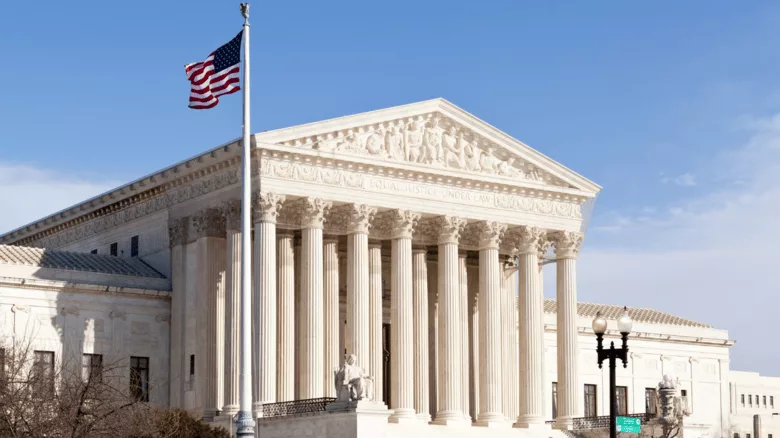Supreme Court Rules EPA Must Set Limits on Pollutants in Water Discharges
EPA tells The Driller it is ‘reviewing the decision’

Image via Backyard Productions
In order for the Environmental Protection Agency (EPA) to hold National Pollutant Discharge Elimination System (NPDES) permit holders responsible for violating water quality standards when such discharges exceed pollutant limits requires the EPA to enact limits on pollutants in such discharges the Supreme Court (SCOTUS) ruled.
The court’s opinion in the case “City and County of San Francisco v. EPA” was delivered on March 4, 2025, by Justice Samuel Alito and ruled in favor of the plaintiffs saying, “determining what steps a (NPDES) permittee must take to ensure that water quality standards are met is the EPA’s responsibility.”
“This case involves provisions that do not spell out what a permittee must do or refrain from doing; rather, they make a permittee responsible for the quality of the water in the body of water into which the permittee discharges pollutants.
“When a permit contains such requirements, a permittee that punctiliously follows every specific requirement in its permit may nevertheless face crushing penalties if the quality of the water in its receiving waters falls below the applicable standards,” which the court’s opinion designates as “end-result” requirements.
Argued on Oct. 16, 2024, the plaintiffs challenged the “end-result” requirements because those permit provisions do not articulate what actions a permittee must take, or refrain from taking, but instead makes a permittee responsible for the quality of the water in the body of water into which the permittee discharges pollutants, the SCOTUS opinion says.
The court’s finding of fact determined that the City of San Francisco operates two combined wastewater treatment facilities that process both wastewater and stormwater. During periods of heavy precipitation, the combination of wastewater and stormwater may exceed the capacity of the facilities, and may result in the discharge of untreated water, including raw sewage, into the Pacific Ocean or the San Francisco Bay.
Furthermore, the court found that in 1994 the EPA adopted its “Combined Sewage Overflow Control Policy” that requires municipalities with combined systems to take prescribed measures and to develop and implement a “long-term control plan,” and provides for a two-phase permitting process.
For many years, San Francisco’s NPDES permit for its Oceanside facility was renewed without controversy, but in 2019, the EPA issued a renewal permit that added two end-result requirements.
The first end-result requirement prohibits the facility from making any discharge that “contribute[s] to a violation of any applicable water quality standard” for receiving waters.
The second end-result requirement provides that the city cannot perform any treatment or make any discharge that “create[s] pollution, contamination, or nuisance as defined by California Water Code,” according to the opinion by SCOTUS. In response, San Francisco argued that the end-result requirements exceed EPA’s statutory authority, but the U.S. Court Of Appeals for the Ninth Circuit denied the city’s petition for review, saying that under the Clean Water Act (CWA), the EPA is authorized to impose “any” limitations ensuring applicable water quality standards are satisfied in a receiving body of water.
However, SCOTUS held “the two challenged provisions exceed the EPA’s authority,” and that “the text and structure of the CWA, as well as the history of federal water pollution legislation, make this clear. And resorting to such requirements is not necessary to protect water quality.”
Furthermore, it is up to the EPA to “determine what a facility should do to protect water quality.”
In response to questions from The Driller asking the EPA if the SCOTUS decision has induced it to undertake an effort to enact limits on pollutants in water discharges by NPDES permit holders? and if the EPA is developing such limits, how will those limits be determined, and when can such limits be expected to be issued? the agency said “EPA is reviewing the (court) decision,” and provided no other response.
Click here to read the opinion.
Looking for a reprint of this article?
From high-res PDFs to custom plaques, order your copy today!





